Student Exploration: Density Laboratory
Document Content and Description Below
Name: J’nyiah Date: Student Exploration: Density Laboratory Vocabulary: buoyancy, density, graduated cylinder, mass, matter, scale, volume Prior Knowledge Questions (Do these BEFORE u... sing the Gizmo.) 1. Of the objects below, circle the ones you think would float in water. If you cannot circle them on your computer, simply type the names here: 2. Why do some objects float, while others sink? Gizmo Warm-up The Density Laboratory Gizmo™ allows you to measure a variety of objects, then drop them in water (or other liquid) to see if they sink or float. 1. An object’s mass is the amount of matter it contains. The mass of an object can be measured with a calibrated scale like the one shown in the Gizmo. Drag the first object onto the Scale. (This is object 1.) What is the mass of object 1? 2. An object’s volume is the amount of space it takes up. The volume of an irregular object can be measured by how much water it displaces in a graduated cylinder. Place object 1 into the Graduated Cylinder. What is the volume of object 1? Note: While milliliters (mL) are used to measure liquid volumes, the equivalent unit cubic centimeters (cm3) are used for solids. Therefore, write the volume of object 1 in cm3. 3. Drag object 1 into the Beaker of Liquid. Does it sink or float? Activity A: Float or sink? Get the Gizmo ready: • Drag object 1 back to the shelf. • Check that Liquid Density is set to 1.0 g/mL. Question: How can you predict whether an object will float or sink? 1. Observe: Experiment with the different objects in the Gizmo. Try to determine what the floating objects have in common and what the sinking objects have in common. 2. Form hypothesis: Compare the floating objects, then do the same for the sinking objects. A. What do the floating objects have in common? _ B. What do the sinking objects have in common 3. Collect data: Measure the mass and volume of objects 1 through 12, and record whether they float or sink in the table below. Leave the last column blank for now. Object Mass (g) Volume (cm3) Float or sink? 1 19.5 14.0 Sinks 2 11 9 Sinks 3 4 5 Floats 4 135.0 7 Sinks 5 4 3.5 Sinks 6 78 29 Sinks 7 2 21 Floats 8 24 26 Floats 9 99.0 44 Sinks 10 42 61 Floats 11 65 40 Sinks 12 104 114 Floats (Activity A continued on next page) Activity A (continued from previous page) 4. Analyze: Look carefully for patterns in your data. ……………………………………….CONTINUED…………………………………………….. …………………………………………….. [Show More]
Last updated: 1 year ago
Preview 1 out of 10 pages

Reviews( 0 )
Document information
Connected school, study & course
About the document
Uploaded On
Feb 22, 2021
Number of pages
10
Written in
Additional information
This document has been written for:
Uploaded
Feb 22, 2021
Downloads
0
Views
114

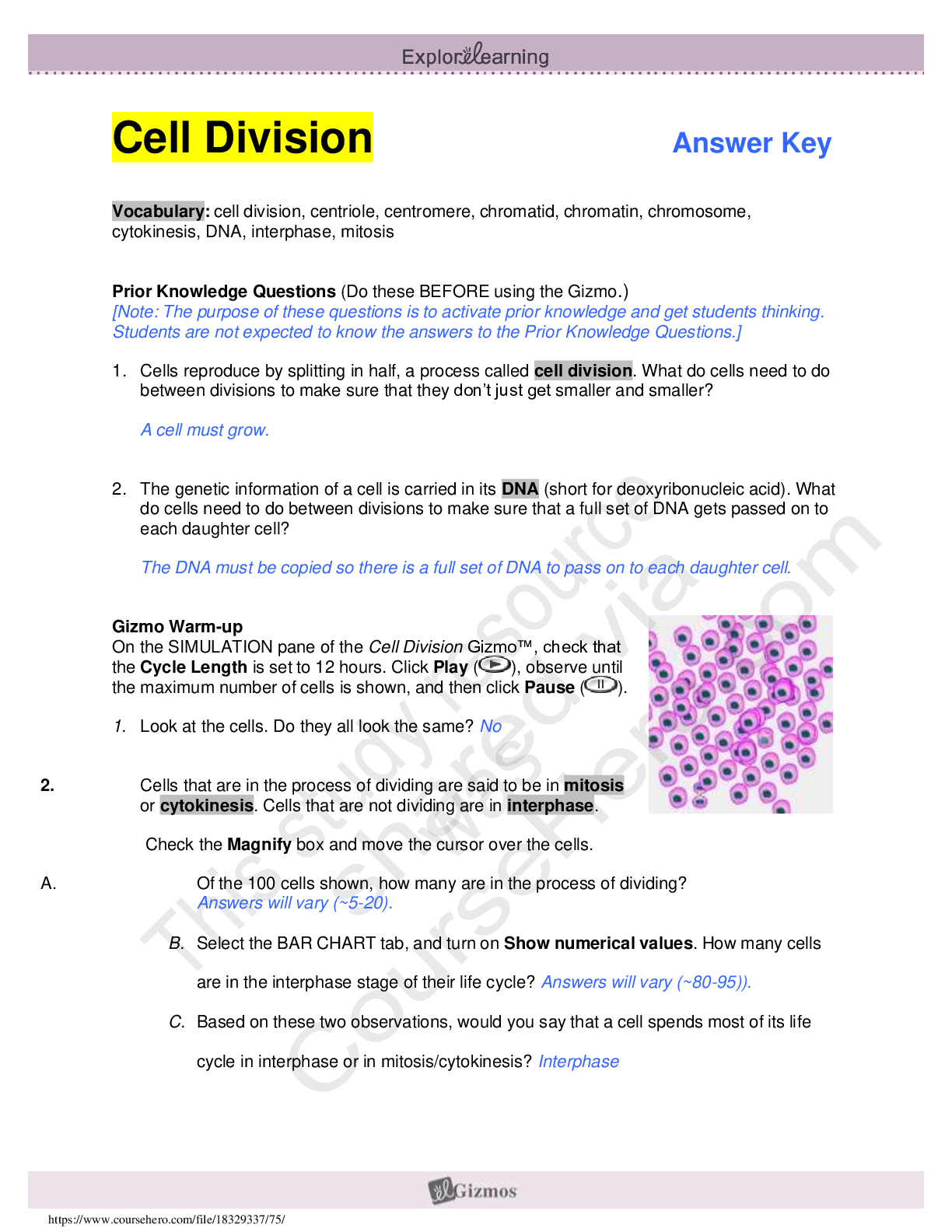

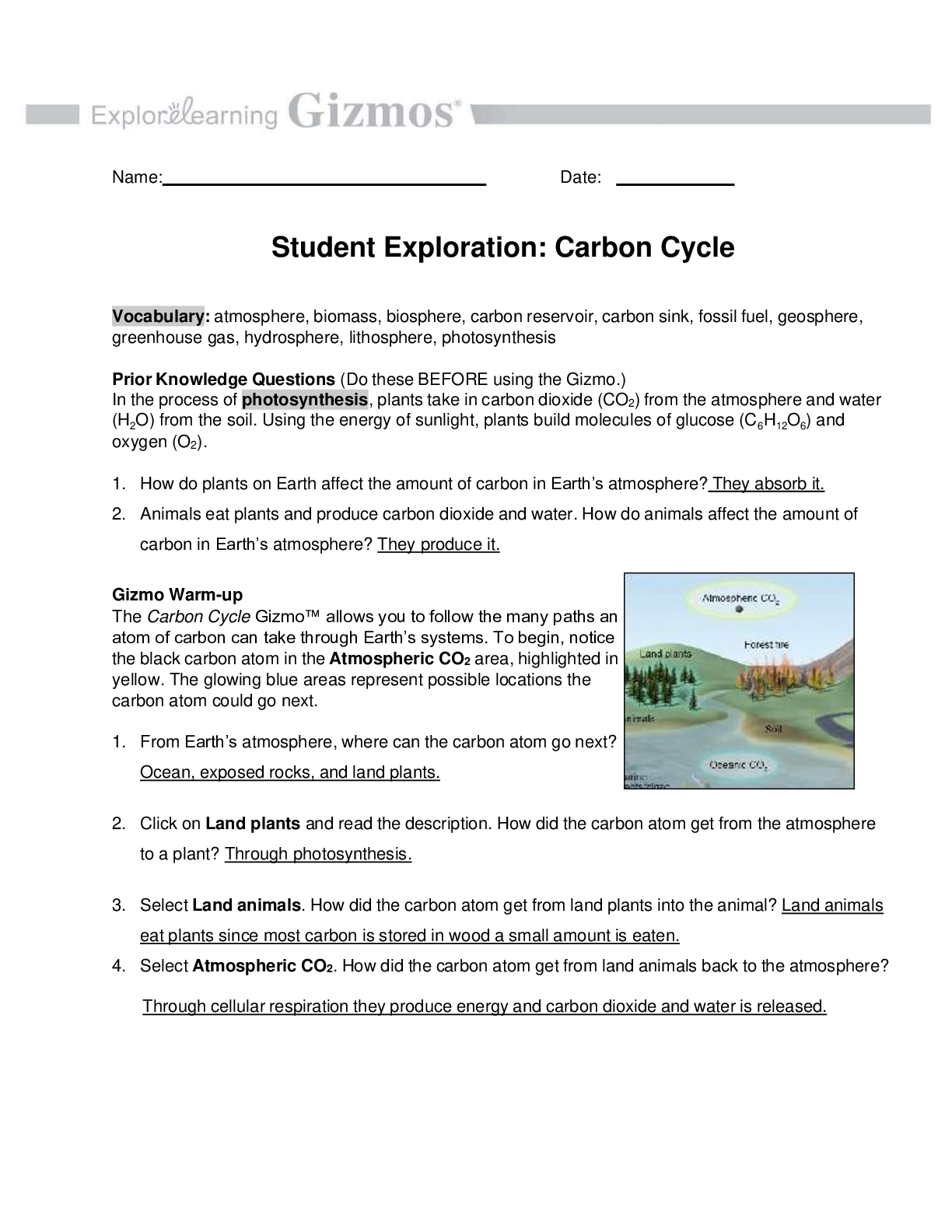

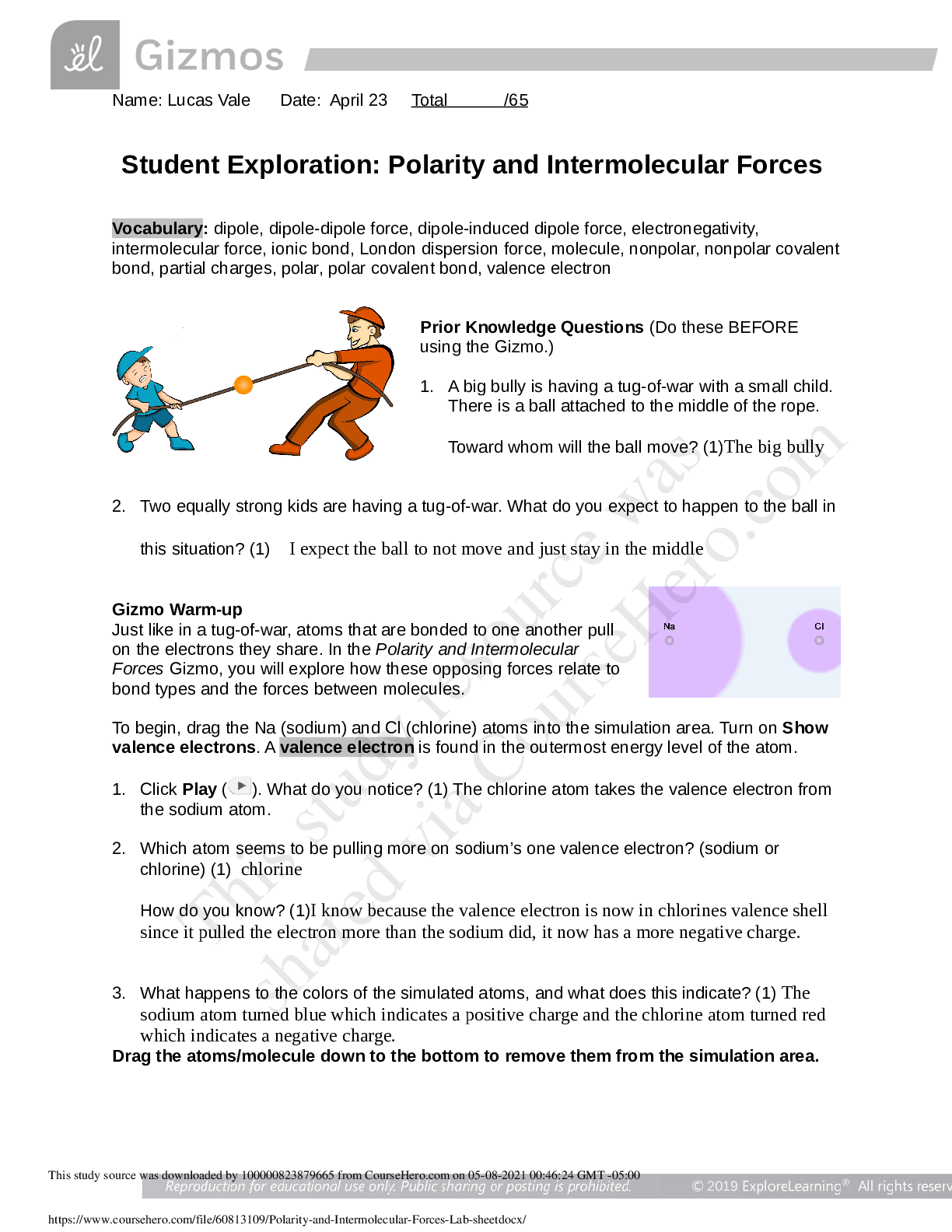

.png)
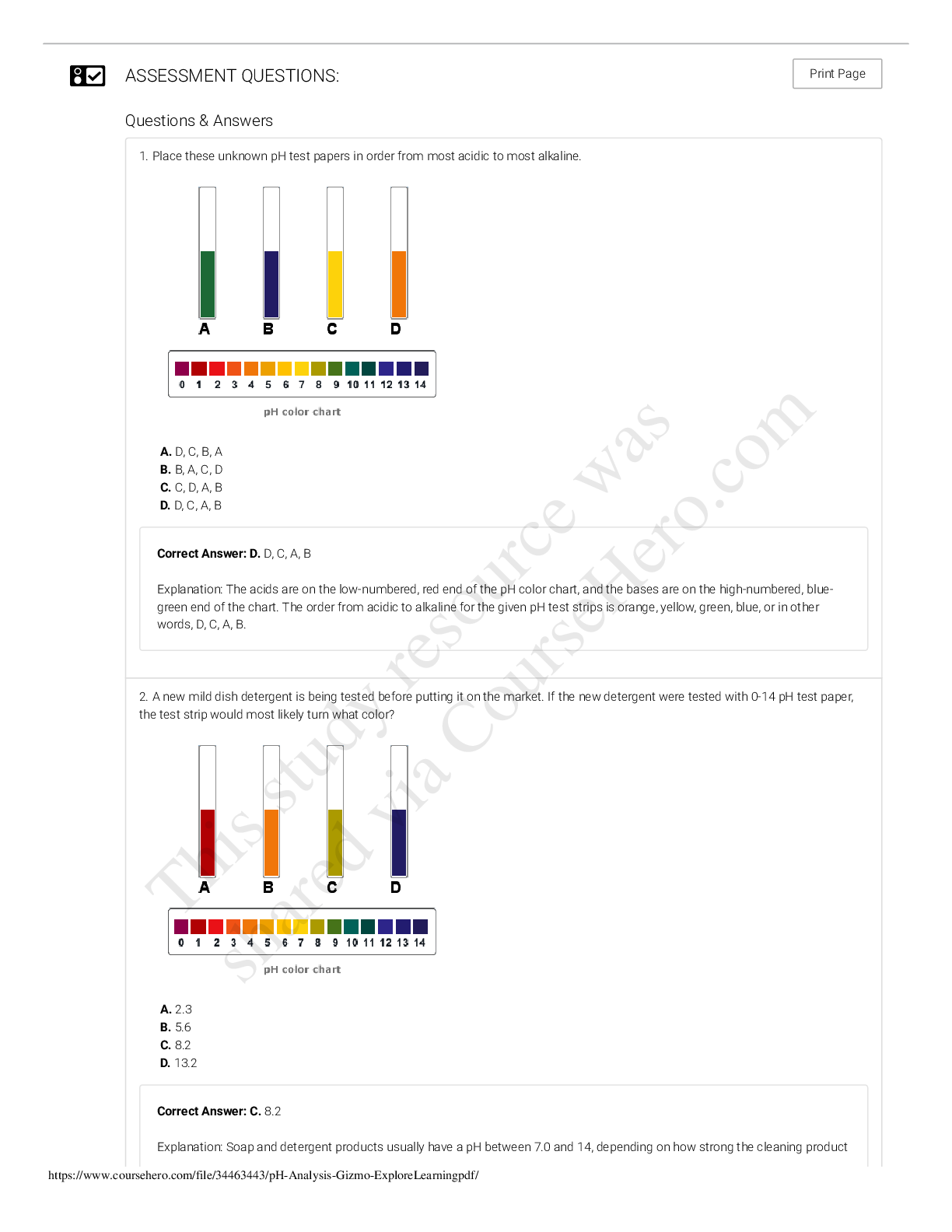
.png)
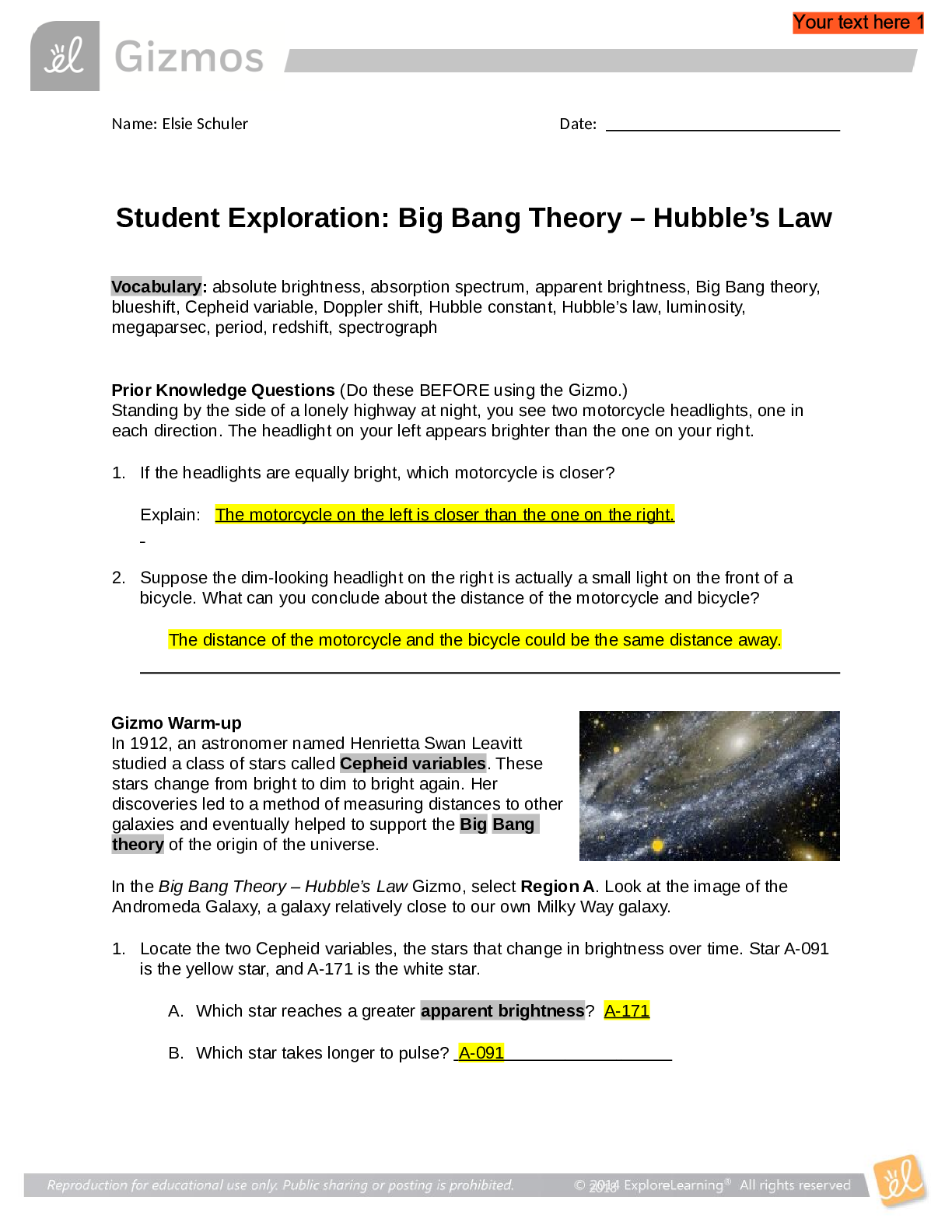


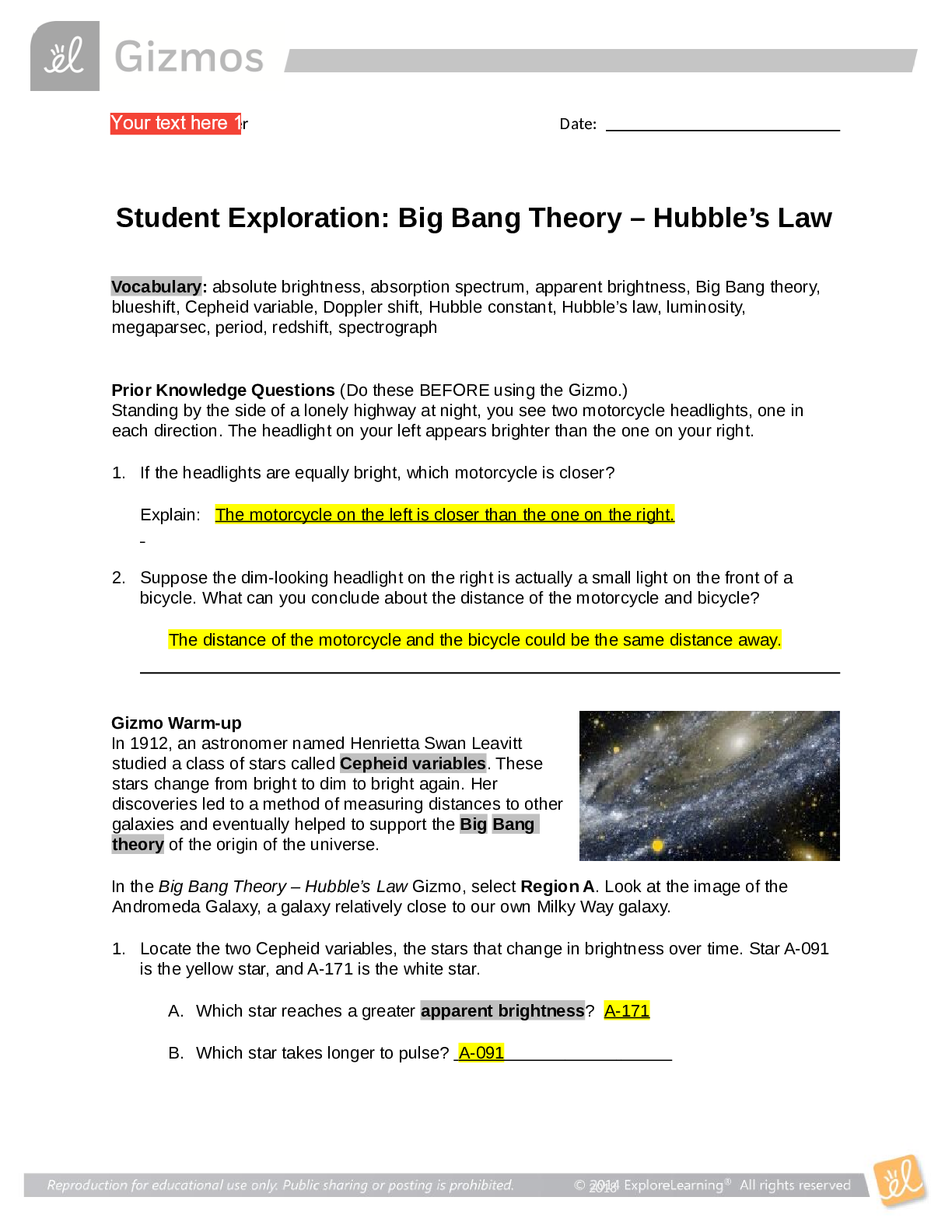
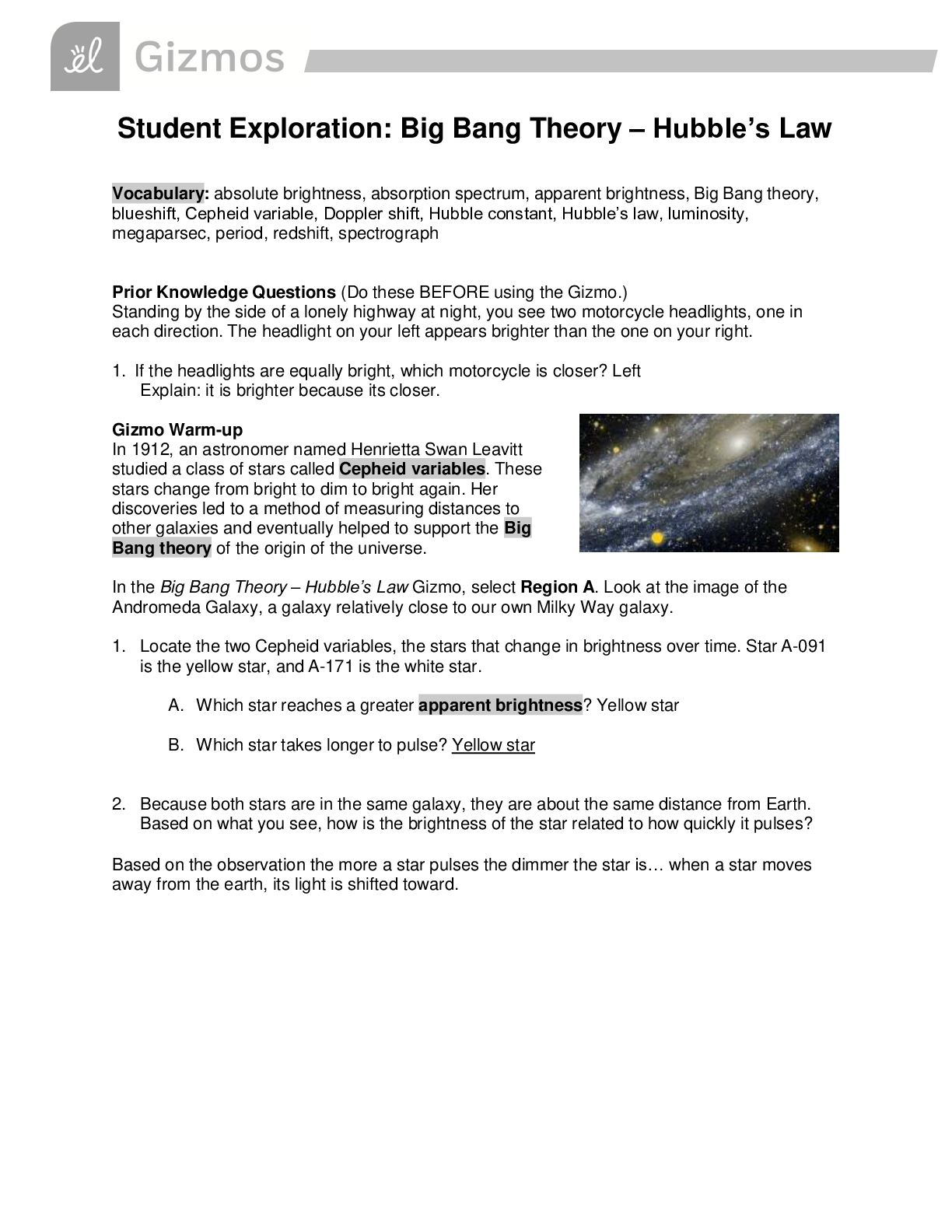

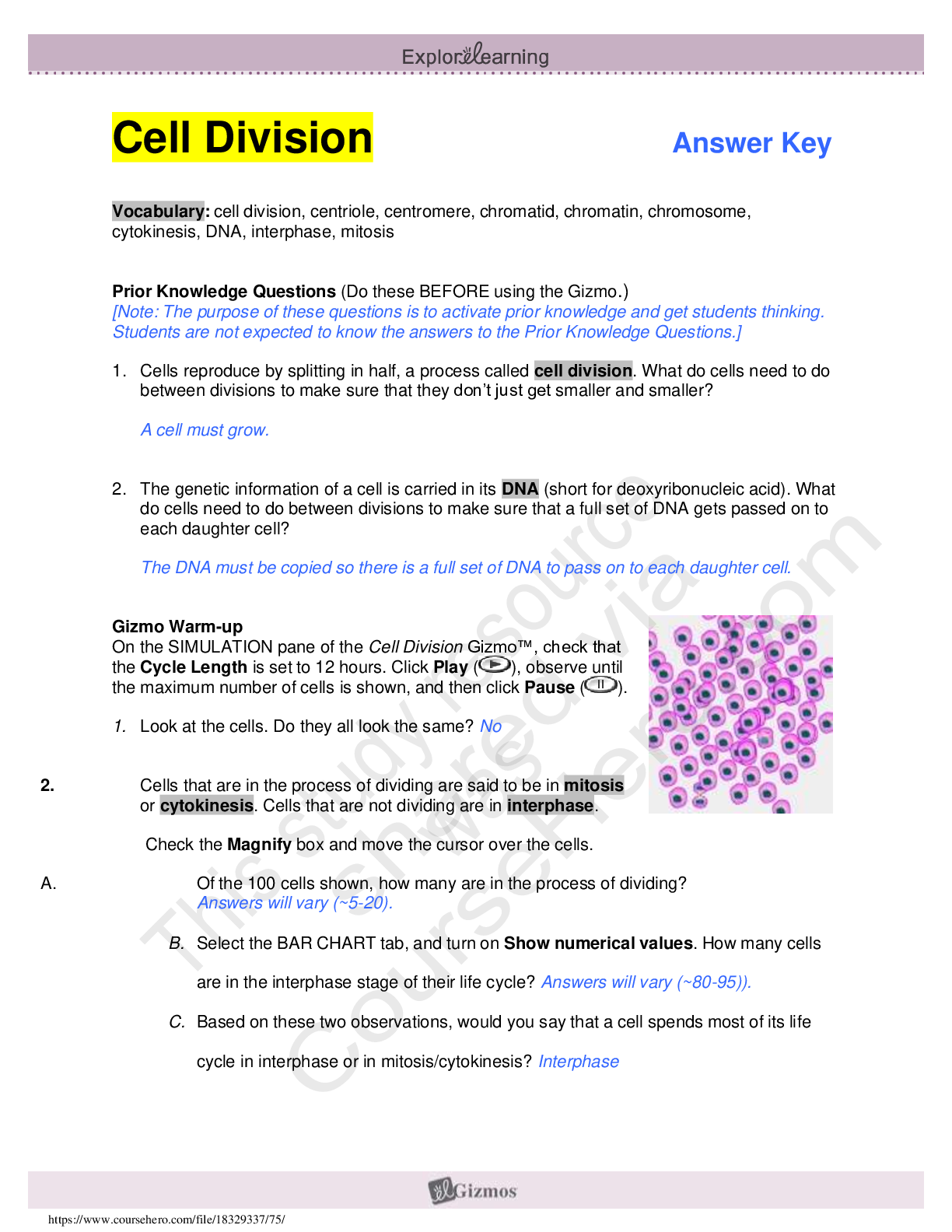
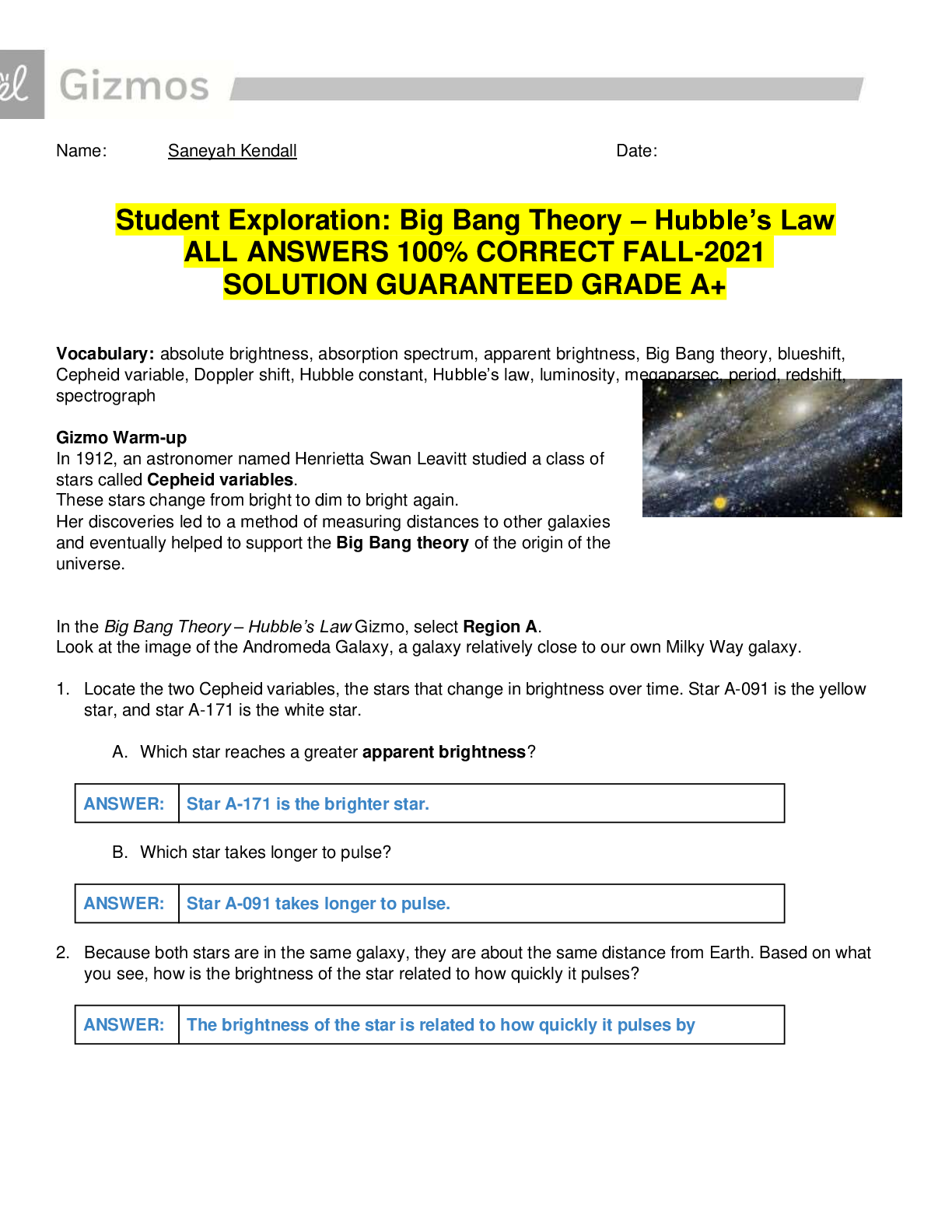

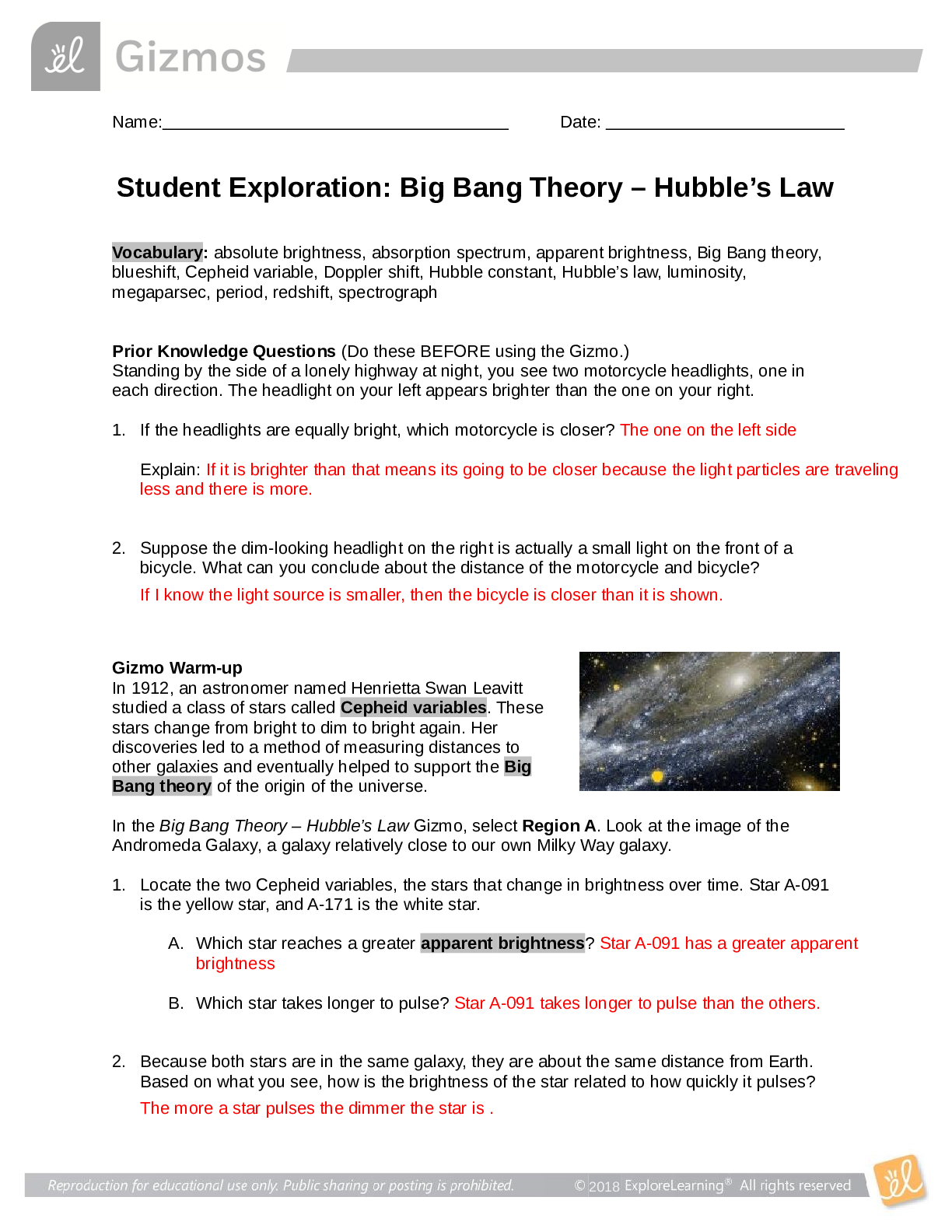
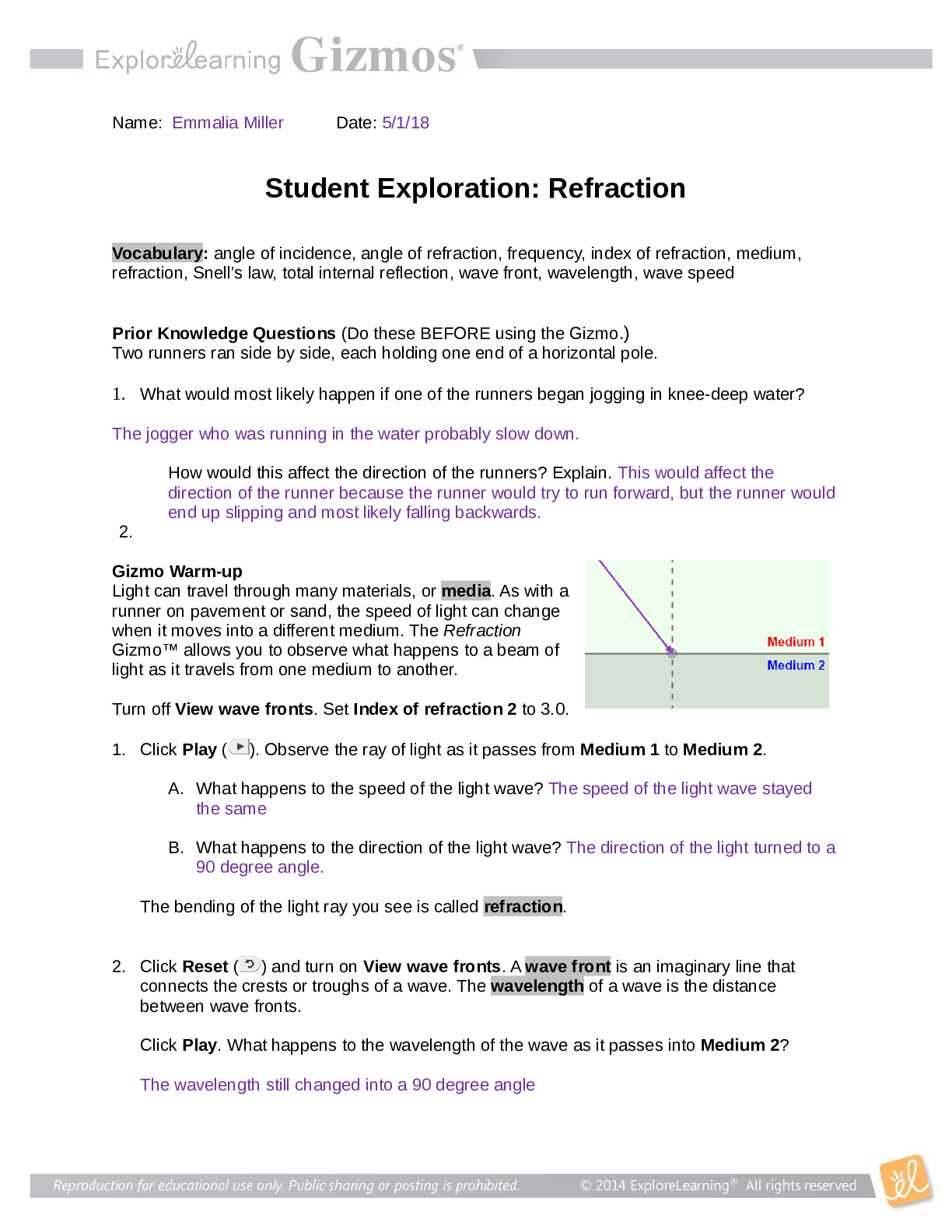

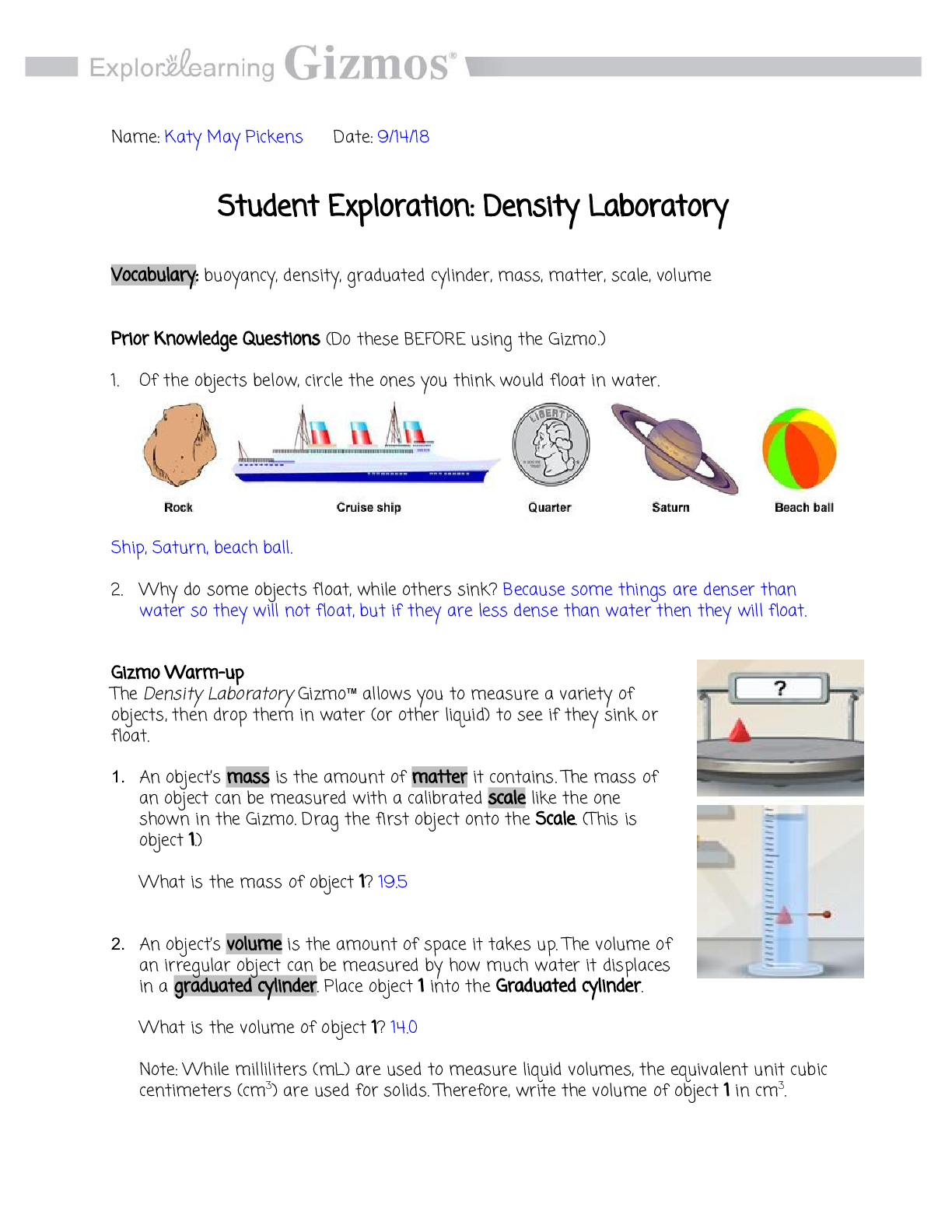
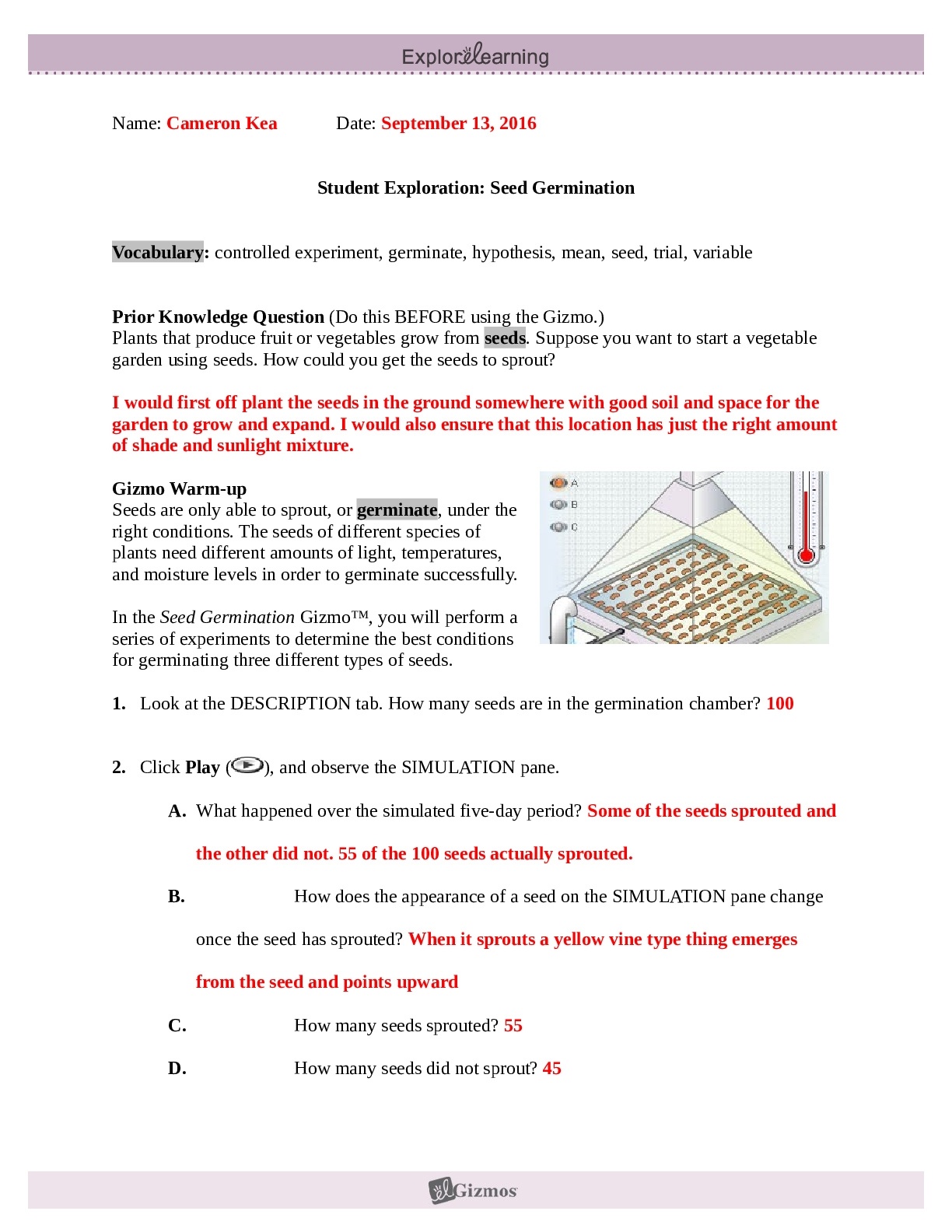

.png)

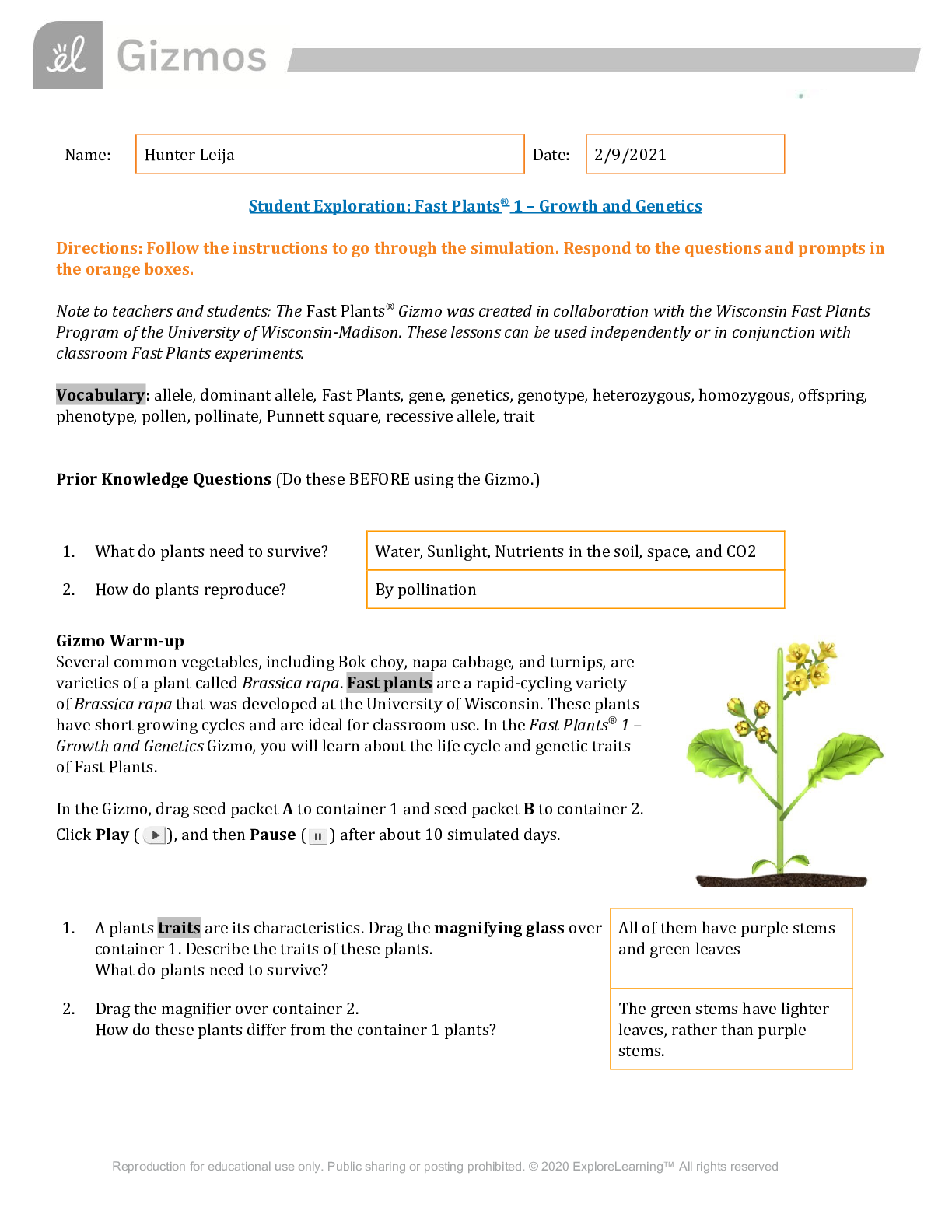
.png)

